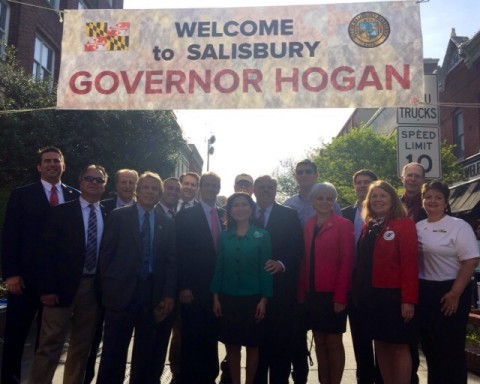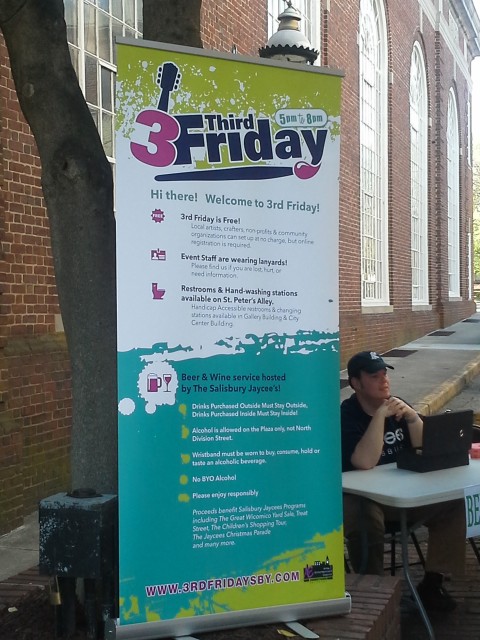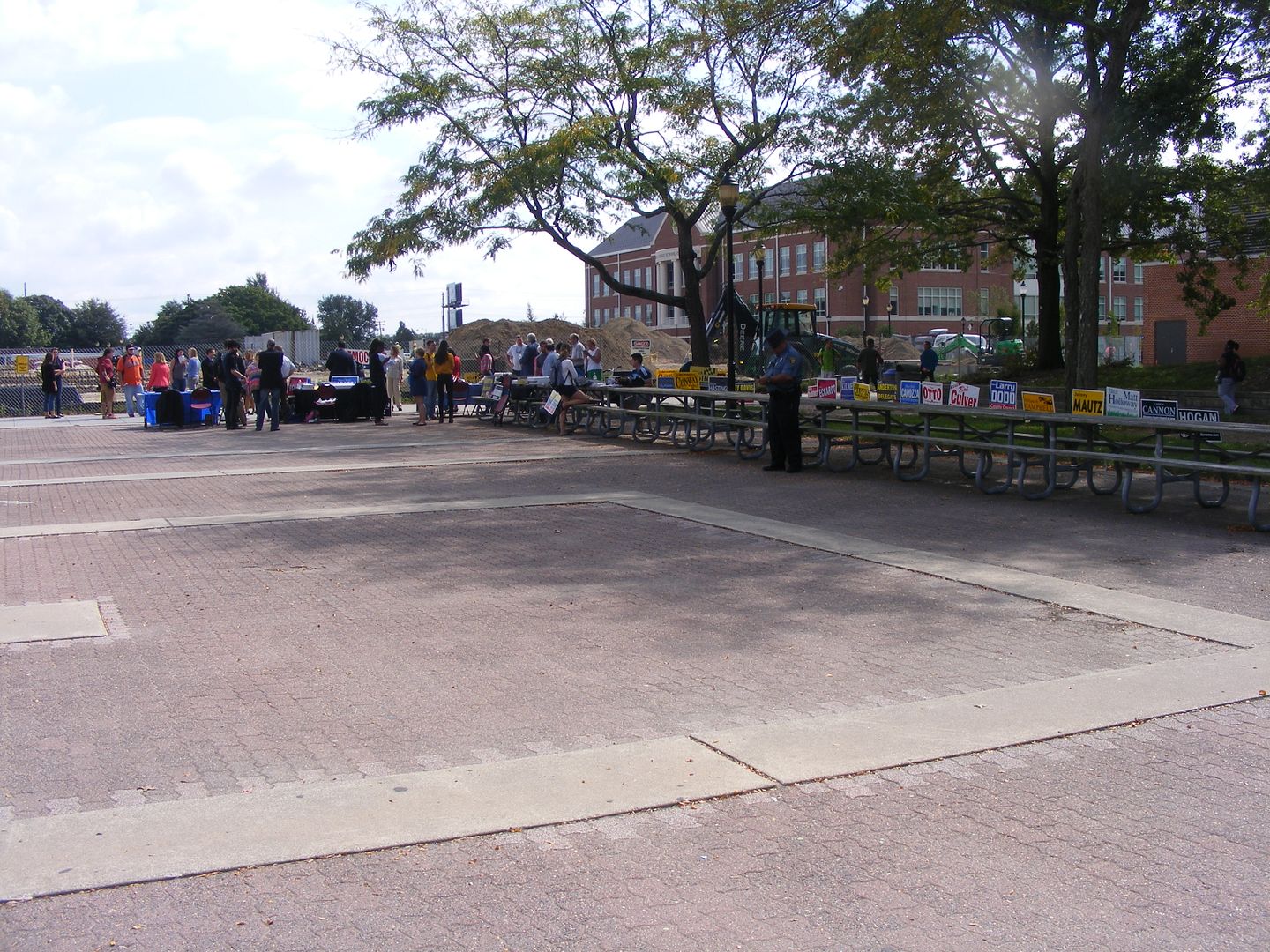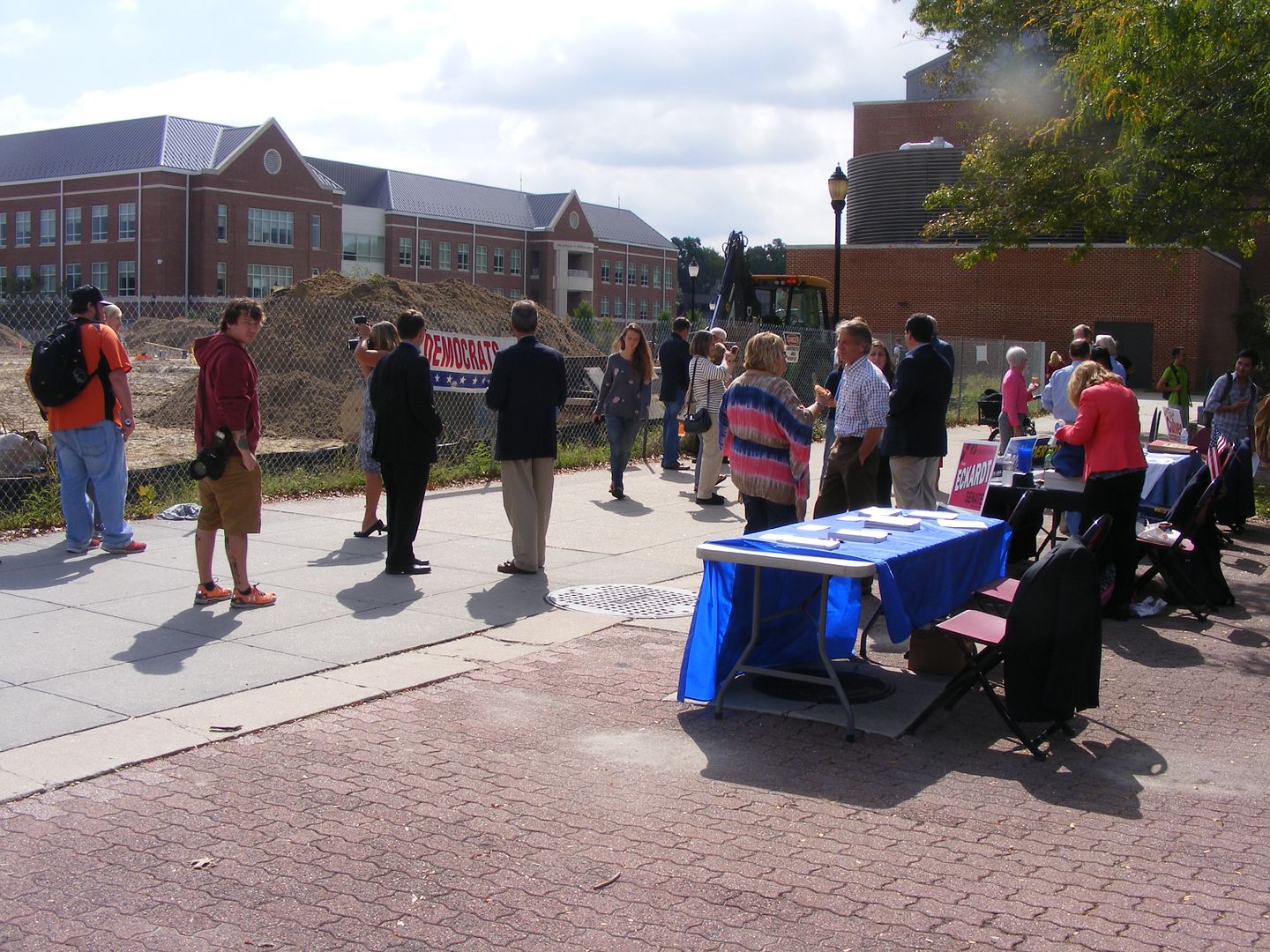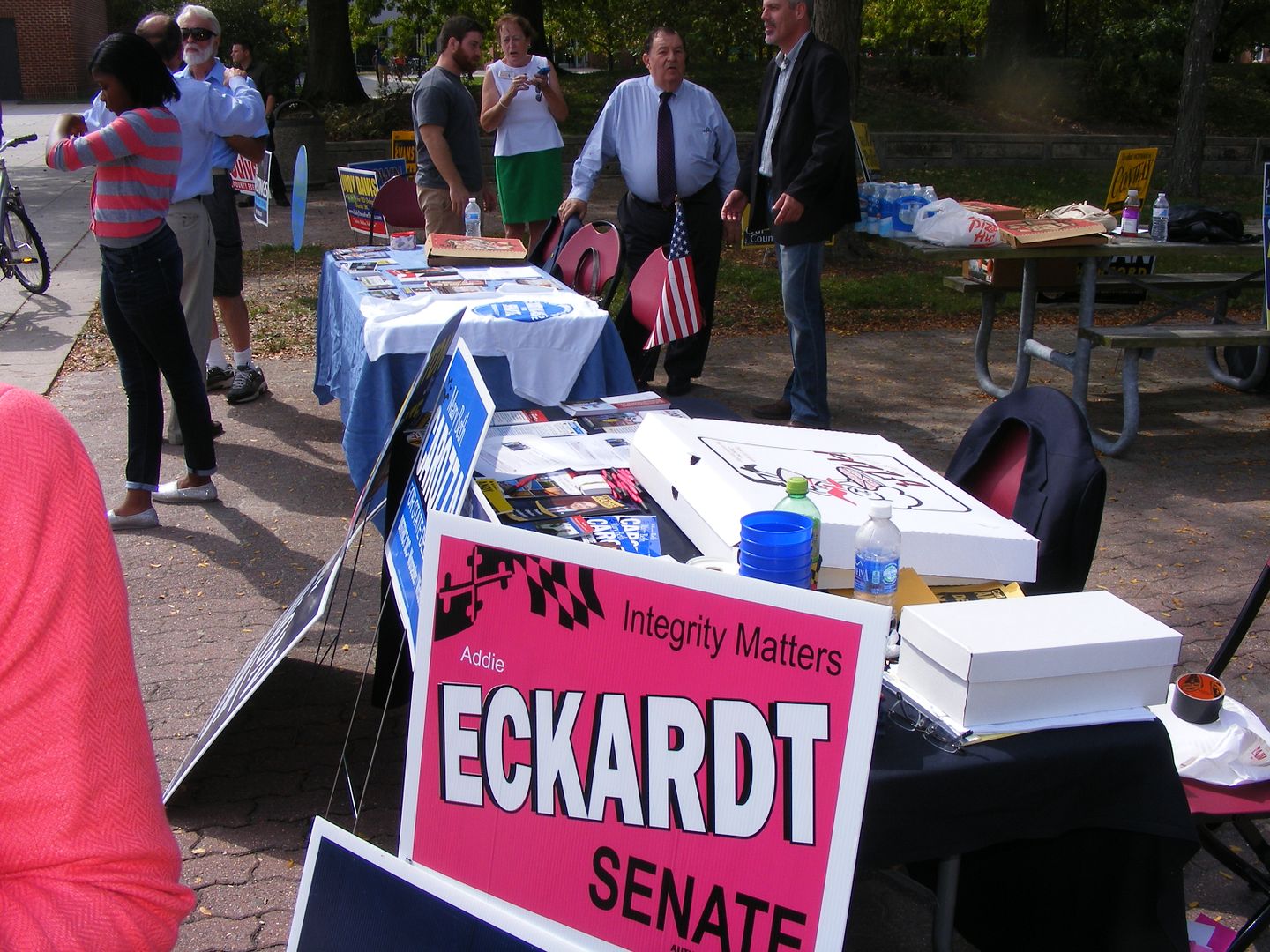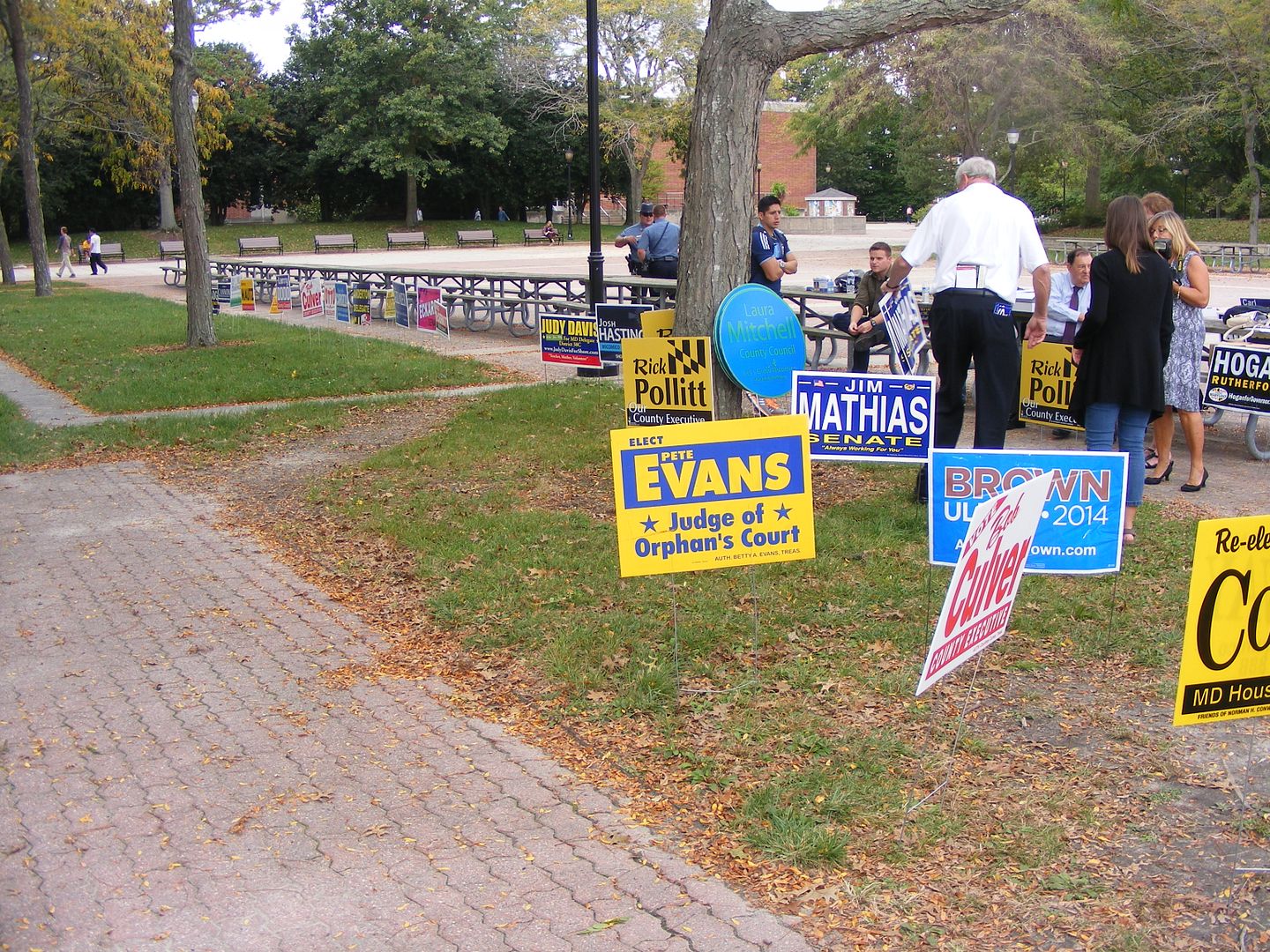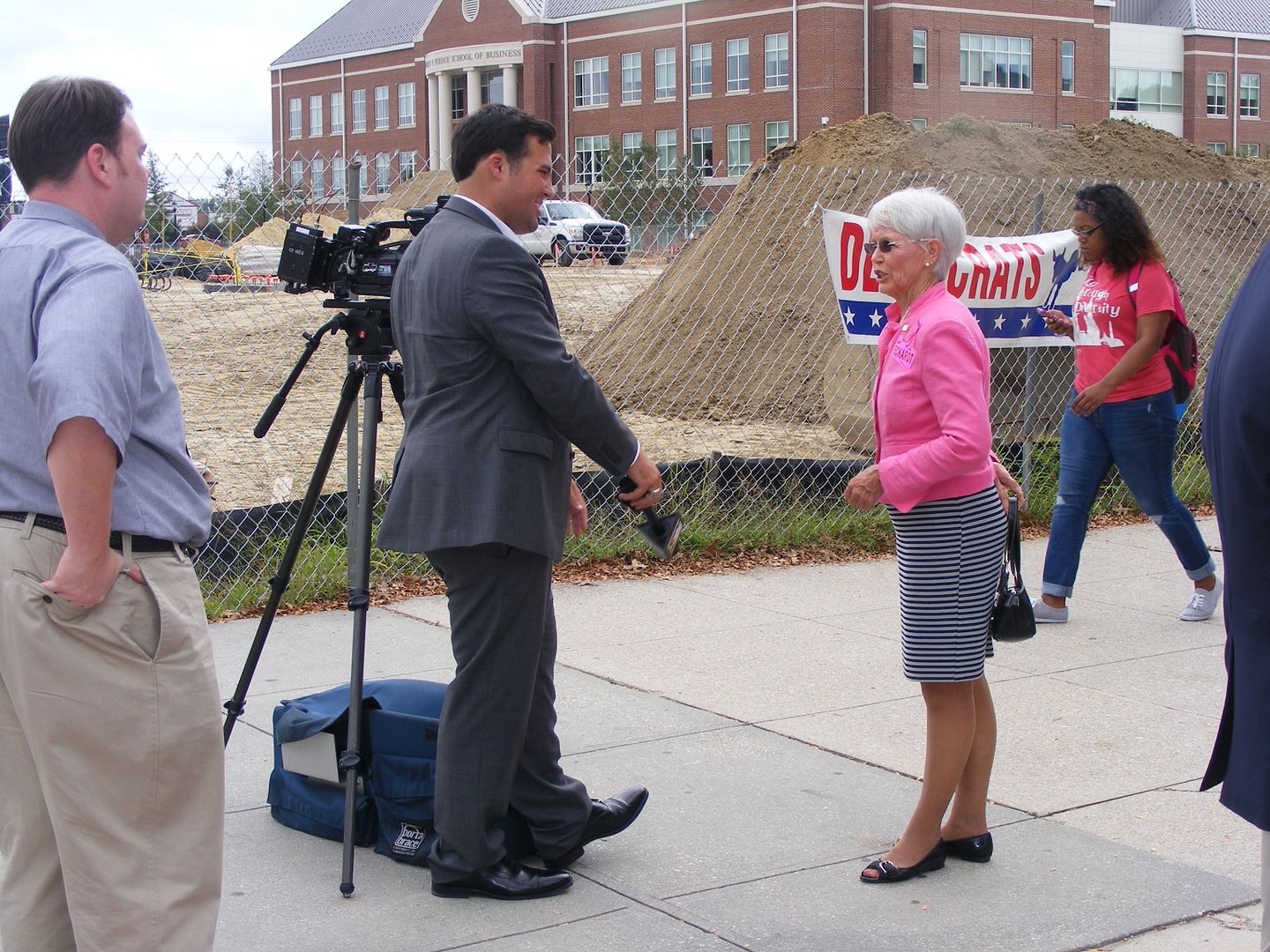While many of the fiscal issues that dogged the state in 2014 are still around – and have continued to worsen with each revelation of another revenue shortfall – the personnel in place to address the problem has undergone significant changes thanks to a wave election which pulled Maryland into its tide.
At this time in 2013 when I wrote the look at 2014, the election seemed to be the molehill Anthony Brown thought it would be as the Maryland GOP was divided and despondent. But Larry Hogan’s Change Maryland movement was enough to overcome the built-in advantage in Democrat voter registration; meanwhile, Brown ran a highly uninspiring campaign that led to the lowest Democrat turnout on record. The drag from the top of the ticket allowed Republicans to pick up seven House seats and two Senate seats despite the gerrymandered redistricting done by Democrats after the 2010 elections.
November was the easy part, though – now Hogan has to govern. Job one will be finding $420 million to squeeze from this year’s budget, while the gap for next year is an estimated $750 million. While that number is daunting, it should be pointed out that the FY2015 state budget was $1.886 billion higher than the FY2014 version. That’s a 5.1% increase, so being $420 million short equates to a 1.07% cut. Simply holding the line on the budget for FY2016 and keeping it under $40 billion (in essence, level funding) should cover a lot of the problem. In fact, holding the budget to $40 billion rather than another 5.1% increase to match last year’s would net a difference of $1.224 billion – more than enough to cover the shortfall.
I realize it’s not as easy as I make it sound, but the budget is in Larry Hogan’s hands. The other key is a bill normally introduced immediately after the operating and capital budgets each year called the Budget Reconciliation and Financing Act, or BRFA. This is where the mandated spending that makes up over 80 percent of the budget is tweaked, and this is the bill for which Larry Hogan will have to sharpen his pencil and will want to keep a close eye on. Generally it is introduced by the administration’s request in the body which considers the other budget items. Although a version goes to both the House and Senate, by tradition budget consideration alternates yearly and 2015 will be the House’s turn.
And starting it in the House is important because a significant number of members are freshman legislators, many of whom were elected by receiving the message that voters were looking for change and fiscal responsibility. Over half of the Republicans in the House are newly-elected, with at least one appointee as well to replace Delegate Kelly Schulz, who was tapped to lead the Department of Labor, Licensing, and Regulation. This process will be a sidebar story as two current members of the General Assembly have already been chosen for positions in the new administration (Schulz and Senator Joe Getty.)
On a local level, the entirety of Wicomico County will be, for the first time in memory, represented in the House by a delegation entirely made up by freshmen. A combined 83 years of experience among six members was wiped out by a combination of redistricting, retirements, promotions, and electoral losses, leaving the county with five freshman representatives – Christopher Adams, Carl Anderton, Jr., Mary Beth Carozza, Johnny Mautz, and Sheree Sample-Hughes all begin their tenures next week. It’s perhaps a situation unique to the state; fortunately, the combined legislative experience of the county’s Senators is 28 years (20 for Addie Eckardt in the House and 4 years apiece for Jim Mathias in the House and Senate.)
Yet the change in leadership in the state could make things easier on the counties as well, provided Hogan makes the right departmental selections. As I pointed out yesterday regarding Wicomico County, a change at the Department of Planning could make county-level tier maps become more suited for local needs rather than state mandates. (Certainly counties with approved maps should consider tweaking them to address perceived inequities.) Hogan has also promised steps to allow fracking in western Maryland, to consider a plan to clean the Bay by addressing the sediment trapped behind the Conowingo Dam, and will maintain strident opposition to phosphorus regulations which would affect poultry production on the Eastern Shore. All these endeavors can be assisted with prudent selections at the departments of Environment and Agriculture.
All through the state government there’s an exciting potential for reform – if the right choices are made. Hogan’s early picks have been of a bipartisan nature, which may frustrate GOP activists who saw the same practice help to undermine the Ehrlich administration, but could be argued to be necessary with the political reality that a lot of Democrat votes went to electing Hogan. (Statewide Democrats down the ticket, on the other hand, were selected by comfortable margins.) That also becomes the price to pay for having a majority-Democrat General Assembly.
Something else to watch in Maryland will be how much more Second Amendment erosion takes place under newly-elected Attorney General Brian Frosh. A gun grabber in the Maryland Senate, Frosh now takes a bigger role and it will be up to Hogan to prove his Second Amendment bona fides by championing the eventual repeal or overturn in court of the ill-considered Firearm Safety Act of 2013 – although the law may see its day in federal court first.
Another probable line of demarcation will be how to deal with the certainty of more illegal aliens thanks to Barack Obama’s policies of amnesty. With Maryland’s reputation as a sanctuary state, anything short of a localized get-tough approach will be a further drain on the budget and another headache for Hogan.
All this and I haven’t even touched on economic development or educational reform, which will also be items to watch in 2015 but currently have far too many known and unknown unknowns, to borrow a phrase. On the latter, Hogan has made it known he’ll work to strengthen charter schools but true reform is probably some years away.
The story of 2015 in Maryland will be the story of how Larry Hogan leads after he takes the oath of office January 21. By then we’ll have some idea of what the priorities of the General Assembly will be as they’ll have already put a week of session under their belts and the hearing process should be underway on the highest-priority items. Success may be as simple as plugging the financial hole by tightening the state’s fiscal belt and the faster that happens, the more of the conservative agenda could be debated.
